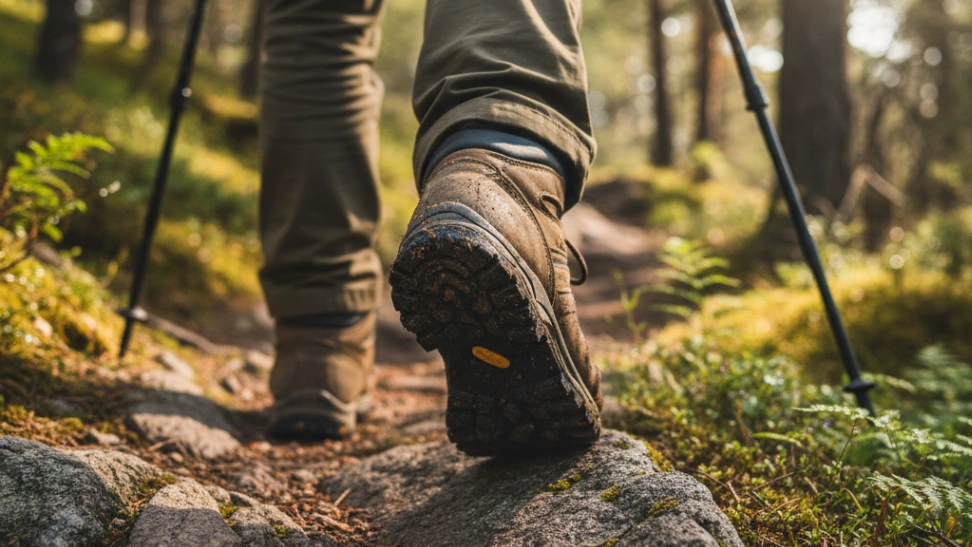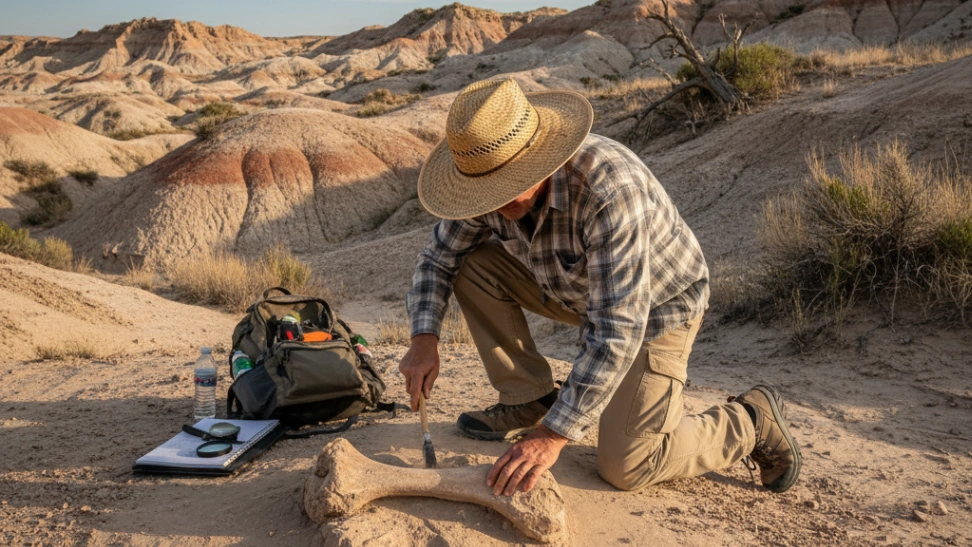The realm of hiking encompasses a vast spectrum of experiences, catering to a wide array of preferences and capabilities. At its simplest, a day hike might involve a leisurely walk along a well-maintained local park trail, perhaps lasting only an hour or two. These shorter excursions are perfect for beginners, families, or anyone seeking a quick dose of fresh air and natural beauty. For those yearning for a greater challenge and a deeper dive into the wilderness, multi-day backpacking trips allow adventurers to traverse extensive distances, carrying all their necessities on their backs and sleeping under the stars. Thru-hiking, an even more ambitious undertaking, involves completing an entire long-distance trail, such as the Appalachian Trail or Pacific Crest Trail, which can take months to complete. The landscapes are as varied as the hikes themselves, ranging from dense, moss-draped forests and arid desert canyons to rugged coastal paths and towering alpine peaks. Each environment presents its own unique beauty, challenges, and ecosystems, demanding different levels of preparation, skill, and respect for the natural world. This diversity ensures that the activity remains perpetually engaging, with new horizons always awaiting exploration.
Beyond the sheer joy of experiencing natural beauty, hiking offers a wealth of benefits that extend to both physical and mental well-being. Physically, it is an excellent cardiovascular workout, strengthening the heart and lungs while building endurance in the legs, core, and even upper body if carrying a pack. It improves balance, coordination, and agility, especially when navigating uneven terrain. Regular hiking can contribute to weight management, lower blood pressure, and reduce the risk of chronic diseases. Mentally, the act of walking in nature has been extensively studied for its positive effects on stress reduction, mood enhancement, and cognitive function. The quiet solitude of a trail allows for introspection and mindfulness, while the focus required to navigate pathways can clear the mind of daily worries. Exposure to natural light and fresh air also plays a crucial role in regulating sleep patterns and boosting overall vitality. The challenge of conquering a summit or completing a difficult section of trail also fosters a profound sense of accomplishment and resilience.
The history of hiking, as a recreational pursuit, is deeply intertwined with humanity's age-old relationship with walking and the natural environment. For millennia, walking was simply a necessity for survival – for hunting, gathering, migration, and trade. Ancient pathways and pilgrim routes, such as the Camino de Santiago, were not initially for leisure but for spiritual journeys or vital transport. The concept of "hiking" for pleasure began to emerge in the late 18th and 19th centuries, particularly with the Romantic movement in Europe, which celebrated the grandeur and sublime beauty of nature. Poets, artists, and philosophers increasingly sought inspiration and solace in wild landscapes, leading to an appreciation of mountains and forests not as obstacles, but as destinations worthy of exploration. The establishment of national parks and public trail systems in the late 19th and early 20th centuries, particularly in the United States and Canada, formalized hiking as a widespread recreational activity. Organizations like the Sierra Club and the Appalachian Mountain Club were instrumental in advocating for conservation and creating infrastructure for hikers. Today, hiking continues to evolve, with technological advancements like GPS and specialized gear making it more accessible, while still retaining its fundamental appeal as a primal connection to the earth.
For those just beginning their hiking journey, starting small and gradually building experience is key. Begin with easily accessible, well-marked trails in local parks or nature preserves. These trails often have minimal elevation gain and clear signage, providing a safe and enjoyable introduction to the activity. Investing in a good pair of hiking shoes or boots is perhaps the most critical initial gear purchase; proper footwear can prevent blisters and provide essential support and traction. Always carry enough water, even on short hikes, and a small backpack for essentials like snacks, a basic first-aid kit, and extra layers of clothing, as weather conditions can change unexpectedly. It's also wise to inform someone of your planned route and estimated return time, especially when venturing into less populated areas. Adhering to Leave No Trace principles—such as packing out all trash, staying on marked trails, and respecting wildlife—is paramount to preserving the natural beauty of the trails for future generations. As confidence and fitness grow, beginners can gradually explore longer, more challenging trails, perhaps joining a local hiking group to learn from experienced individuals and discover new routes.



